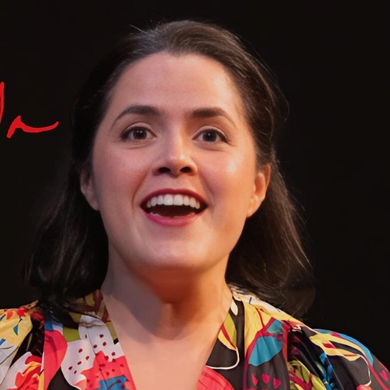Some will tell you (and who will disagree?) that you haven’t lived until you’ve stood up on a concert stage or in a cathedral alternately hollering and murmuring the Dionysian chorus “O Fortuna.” (No karaoke, please. No singing in the shower.) “O Fortuna” apostrophizes the force that drives the ups and downs of humanity and individuals alike—and Carl Orff, who composed it, can have harbored few doubts about its effect. Not only is “O Fortuna” the opening number of his gaudy, bawdy faux-medieval cantata Carmina Burana. It’s also the grand finale (and gung-ho conductors have been known to throw in an extra reprise as an encore). The balance of the cantata, set to bona fide medieval poems in Church Latin, Middle High German, and Old French, focuses on hungers and pleasures of the flesh, taking us on a wild, disjointed ride that swerves from the savage to the ultrarefined. In Osmo Vänskä, the Cleveland Orchestra has a maestro likely to command Orff’s subtlest points (listen for the triangle, struck pianissimo) as well as his Big Picture. The soprano, who soars into the empyrean in erotic ecstasy, is Shelén Hughes. The countertenor Reginald Mobley has his crazy moment as a swan roasting on a spit as sharp-toothed diners look on. The baritone John Brancy has a showstopper as a gambling abbot who leaves his victims stripped to the skin. And let’s not forget the Blossom Festival Chorus and the Cleveland Orchestra Children’s Chorus, who just might be having more fun than anybody. —Matthew Gurewitsch




